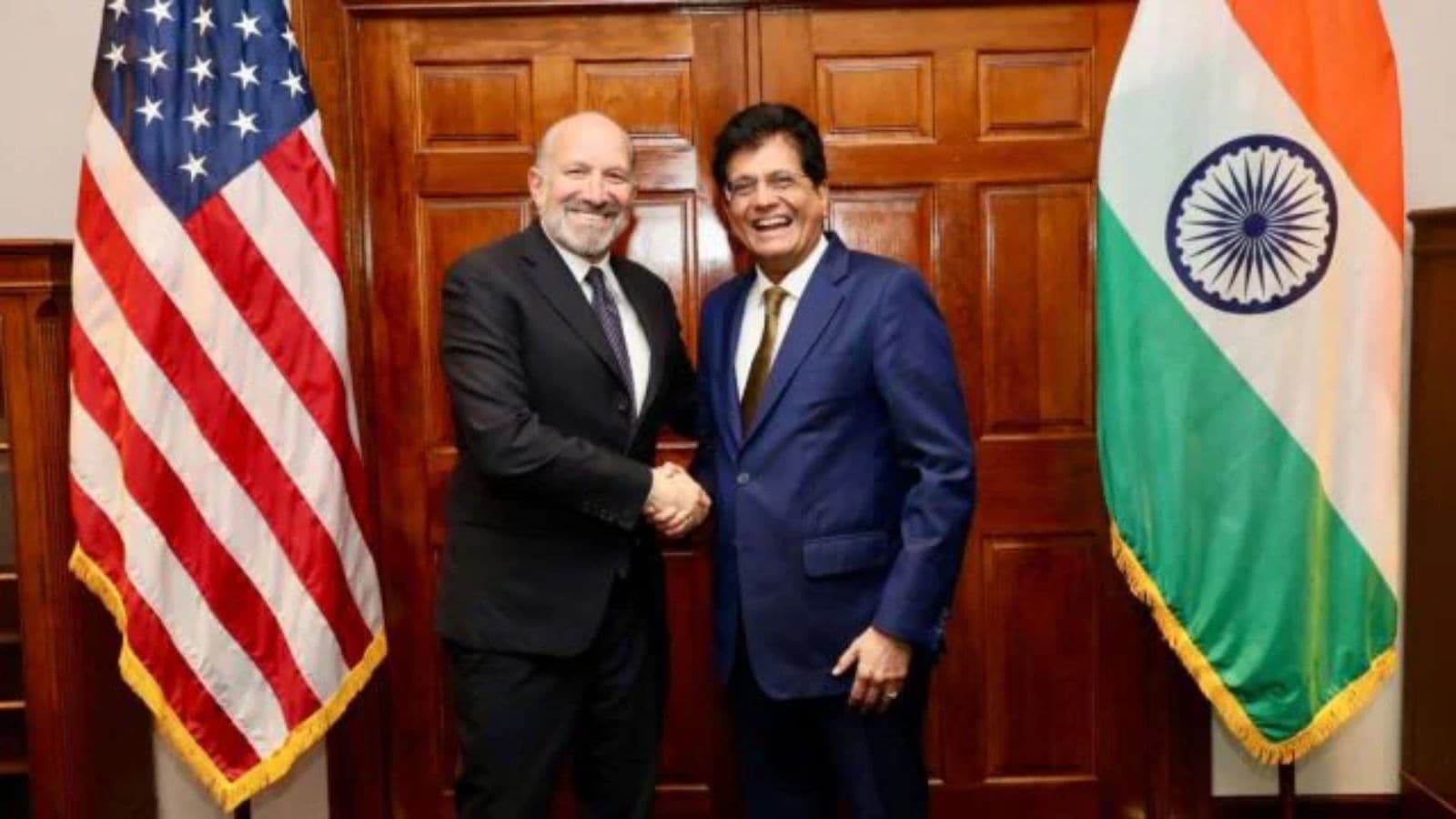
Impact of Low Commodity Prices on Indian Manufacturers
Saugata Bhattacharya, a member of the Reserve Bank of India's Monetary Policy Committee (MPC), has raised concerns about the impact of excessively low commodity prices on Indian manufacturers. According to him, these low prices can hurt profits, which in turn discourages manufacturers from investing in new capacities. This is particularly critical as India aims to boost its manufacturing sector for economic growth.
In an interview, Bhattacharya pointed out that while lower headline inflation opens the door for potential policy rate cuts, India's GDP growth is still projected to be strong at 6.8% for FY26. This growth forecast aligns with estimates from the IMF and World Bank, particularly when many other countries are expected to experience low growth in the coming years.
However, challenges remain, especially regarding exports. Bhattacharya emphasizes that while domestic demand is resilient, largely due to government stimulus measures aimed at MSMEs, the ongoing trade tensions with the US and China could pose risks to India's current account deficit. Tariffs on Indian exports to the US could particularly affect labour-intensive sectors, although some sectors like electronics and pharmaceuticals are exempt.
Bhattacharya also discusses the potential impact of GST cuts on consumer spending, which has seen a positive response so far. However, he cautions that while fiscal and monetary stimulus measures have been implemented, the cumulative effects need careful monitoring to avoid a spike in inflation.
Interestingly, Bhattacharya believes that excessively low commodity prices may not be beneficial for manufacturers. A moderate inflation rate could encourage investment, helping to build new capacities that are essential for sustained economic growth. He stresses that a revival in private sector investment is crucial and will depend on clearer demand signals and reduced trade uncertainties.
Overall, the conversation highlights the delicate balance that India must maintain between managing inflation, encouraging investment, and navigating international trade dynamics. The coming months will be crucial in determining how these factors play out and shape the country's economic landscape.












